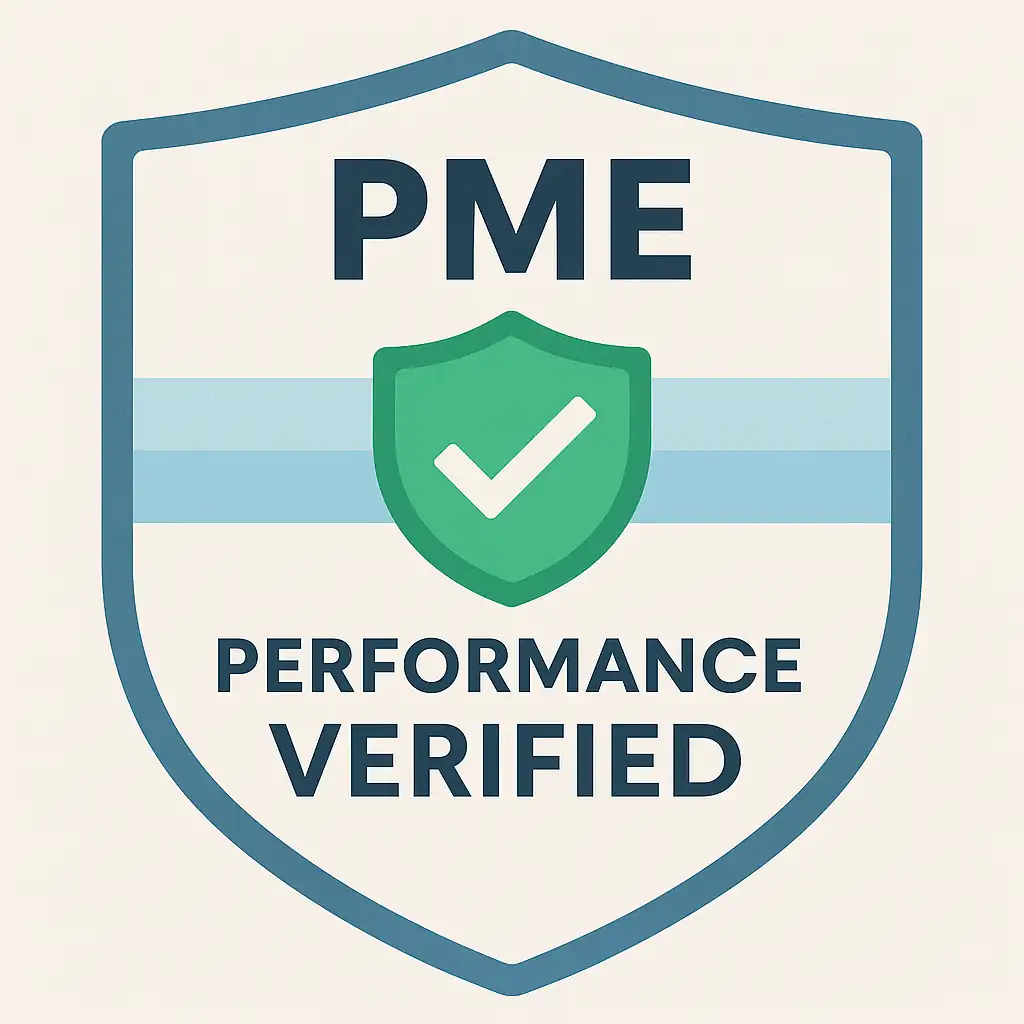Share this post:
Planning an extension or loft conversion?
We’ll check whether Party Wall Notices are required and help you serve them correctly the first time.
Quick Summary
Party Wall Notices are written notifications you must serve on affected neighbours before you start certain works to a shared wall, boundary, or near foundations under the Party Wall etc. Act 1996. For most extensions and loft conversions, you’ll need Notices where you cut into a party wall, raise or underpin it, build on/astride the boundary, or excavate within 3–6 metres of a neighbour’s foundations. Serve correctly, allow time for responses, and keep records — it saves money, stress and delay.
Party Wall Notices – what they are and why they matter
Think of a Party Wall Notice as a formal heads-up to your neighbour that specific building works are planned and may affect a shared wall or nearby foundations. It isn’t planning permission or building regulations — it’s a separate legal process designed to prevent and resolve disputes before work starts.
- Legal basis: Party Wall etc. Act 1996 (England & Wales).
- Applies to: works to party walls/structures, new walls at/astride the boundary, and excavations near neighbours’ foundations.
- Outcome: Neighbour can consent, dissent (triggering surveyor procedures), or ignore (which is treated as dissent after the notice period).
When do you need a Party Wall Notice for extensions and loft conversions?
Most homeowners encounter Party Wall Notices when they extend or convert the loft. You’ll usually need to serve a Notice if you plan to:
Extensions
- Excavate within 3 metres of a neighbour’s structure and to a depth lower than their foundations (often the case for new extension footings).
- Excavate within 6 metres and the dig falls within a specific 45° line from their foundations (deeper excavations, basements, piled foundations).
- Build a new wall on or astride the boundary line (e.g., side wall of an extension at the boundary).
Loft conversions
- Cut steel beams or floor joists into the party wall to support the new loft structure or dormer.
- Raise, thicken, or underpin a party wall.
- Chase in flashings or weathering details that materially affect the party wall.
For clarity on the planning route, see our guides: Extension Costs, Building Control, and Plans for Building Regulations.
Who pays, how much, and how long does the Party Wall process take?
The building owner (you) typically pays the reasonable costs associated with Notices and surveyors if a neighbour dissents. Timings depend on notice periods and whether surveyors are appointed.
Not sure if your idea fits Permitted Development?
We’ll check your project against PD rules and let you know if you need a full planning application.
How to serve a Party Wall Notice – step by step
Here’s a practical homeowner checklist for extensions and lofts. Follow this and you’ll stay on the front foot.
| Step | What to do | Why it matters |
|---|---|---|
| 1) Confirm the trigger | Ask your designer/engineer if works affect a party wall, boundary, or neighbouring foundations. | Determines whether a Notice is legally required. |
| 2) Prepare drawings | Have clear plans/sections showing beams, foundations, and distances. | Neighbours and surveyors rely on accurate info. |
| 3) Identify all “adjoining owners” | Freeholders and relevant leaseholders on every side affected. | Missing an owner can invalidate the process. |
| 4) Choose the right Notice | Party Structure Notice, Notice of Adjacent Excavation, or Line of Junction Notice. | Each has different notice periods and rights. |
| 5) Serve the Notice(s) | Serve at least 1–2 months before works (depending on notice type). Keep proof of service. | Starts the 14-day response clock. |
| 6) Encourage consent | Offer a Schedule of Condition and a friendly chat. Provide your drawings. | Goodwill avoids cost and delay. |
| 7) If they dissent | Appoint surveyor(s). Agree an Award covering method, access, protection, and damage procedures. | Gives a clear route to proceed lawfully. |
| 8) Keep records | Schedules, photos, letters, certificates. | Protects you if damage or disputes arise. |
Common pitfalls and how to avoid them
- Late notices: Serve too close to your start date and you risk slipping your build. Plan 8–12 weeks ahead.
- Poor drawings: Vague information makes consent less likely. Provide clear sections showing depths, distances and beams.
- Missing owners: Flats, freeholders, head-leases — identify everyone. Land Registry checks may help.
- No Schedule of Condition: Skipping it saves pennies but risks disputes later.
- Boundary assumptions: Don’t guess. If you intend to build on or astride the boundary, confirm lines and ownership.
For related approvals and inspections, see Building Control and Building Control Inspections.
Technical points homeowners often miss (extensions & lofts)
Loft beams into the party wall
Cutting steel beams or joists into a party wall almost always triggers a Party Structure Notice. Your Loft Conversions design should confirm bearing details, padstones, and fire protection.
New extension foundations
Even shallow trenches can be notifiable if they are deeper than the neighbour’s foundations within 3 metres (or within 6 metres with the 45° rule). Basement or piled foundations will nearly always be notifiable.
Walls at or astride the boundary
Building astride the boundary (half on each side) requires your neighbour’s explicit agreement. If it’s refused, you can still build wholly on your land with an appropriate Notice.
Party Wall Notices – FAQs
Do I need a Party Wall Notice for my rear extension?
Usually yes, if your foundations are within 3 metres of a neighbour’s structure and deeper than theirs, or within 6 metres where the 45° rule applies. Building on/astride the boundary can also trigger a Notice.
Do loft conversions require a Party Wall Notice?
In most cases, yes. Cutting beams into a shared wall, raising or thickening the wall, or forming dormer support on the party wall are all notifiable works.
How much notice do I have to give?
Party Structure Notices require at least 2 months before works. Line of Junction Notices and Adjacent Excavation Notices often require 1 month. Serve early to protect your start date.
What if my neighbour ignores the Notice?
No response within 14 days is treated as dissent. You’ll then appoint a surveyor (or surveyors) to agree an Award so works can proceed lawfully.
Who pays the surveyor fees?
The building owner normally pays reasonable surveyor costs. If both sides appoint separate surveyors, you cover both sets of reasonable fees.
Can I serve Party Wall Notices myself?
Yes, the Act allows DIY service, but errors can invalidate the process. Many homeowners choose a surveyor to draft, serve, and manage the schedule of condition.
Is a Party Wall Agreement the same as a Notice?
No. The Notice is the formal notification to your neighbour. If they dissent or fail to respond, surveyor(s) produce a binding Award (often called an agreement) setting out how works proceed and how damage is handled.
Can I start work while waiting?
No. You must wait for consent or for an Award to be agreed. Starting early risks injunctions and delays.
Does Permitted Development remove the need for Party Wall Notices?
No. PD is a planning route. Party wall rights and obligations still apply where triggered by your works.
Need help serving Party Wall Notices?
We’ll review your drawings, confirm what’s required, and prepare the paperwork so you can build with confidence.
Next steps & useful guides
- Firm up your design and structural calculations so the Notice is clear and neighbours are reassured.
- Plan your compliance route: Building Notice vs Full Plans and Building Control.
- Sense-check the budget with our Extension Costs guide.
- For lofts, read our Loft Conversions overview.
- If planning permission is needed, start here: Planning Permission – The Complete Guide.
Keep all approvals together: Notices, Awards, planning decision notices, building control certificates, and compliance documents. See: Certificates & Compliance Documents You Must Keep.
Official guidance
Ready to move your project forward?
Plans Made Easy can prepare compliant plans, manage submissions, and guide you from idea to approval.

Performance Verified ✅
This page meets PME Optimisation Standards — achieving 95+ Desktop and 85+ Mobile PageSpeed benchmarks. Verified on


